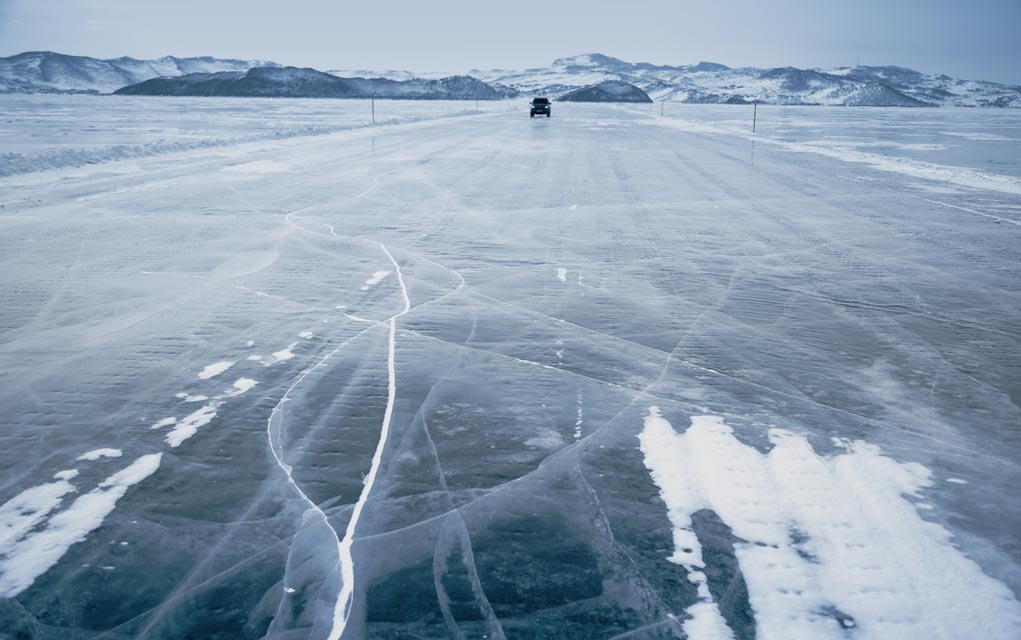(Modern Survival.org) – How Many Inches Thick Should Ice Be on a Lake in Order to Attempt to Use a Snowmobile On It?
• 2
• 4
• 5
• 8
ANSWER: 5. Here’s why…
The winter months bring many enjoyable opportunities for outdoor enthusiasts. From skiing and snowboarding to ice fishing and snowmobiling, getting out into the ice and snow can be an exhilarating experience. Unfortunately, it can also be dangerous.
One such danger comes when attempting to cross frozen bodies of water, either on foot or in a vehicle. If the ice is thick enough to support the weight, there shouldn’t be any problems — but how thick does it need to be?
In the following video from Northland Fishing Tackle, Minnesota Conservation Officer Alec Birdsall explains how thick ice needs to be in order to travel on it safely:
How thick the ice needs to be to move safely on will depend on a few factors:
- For walking across ice on foot, it should be at least four inches thick.
- For an ATV or snowmobile, the ice should be five to six inches thick.
- For larger vehicles, a foot or more of ice is required to safely drive on.
Of course, these are general guidelines. The thicker the ice is, the better off the chances of not falling through will be. Other factors can play a part in whether the ice is safe, such as if the ice has air pockets or if slush is present on the surface of the ice.
Safety is always the first priority when in the wild, regardless of if it is for fun or a full-blown survival situation. When hypothermia is a threat, it is always better to take extra precautions to ensure the safety of everyone involved.
Unfortunately, there is always the chance a weak spot in the ice will be found, leading to a break. In this event, knowing how to escape the frigid waters can save your life. To see how this is done, check out our article on how to survive falling through ice.
~Here’s to Your Survival!
Copyright 2023, ModernSurvival.org













